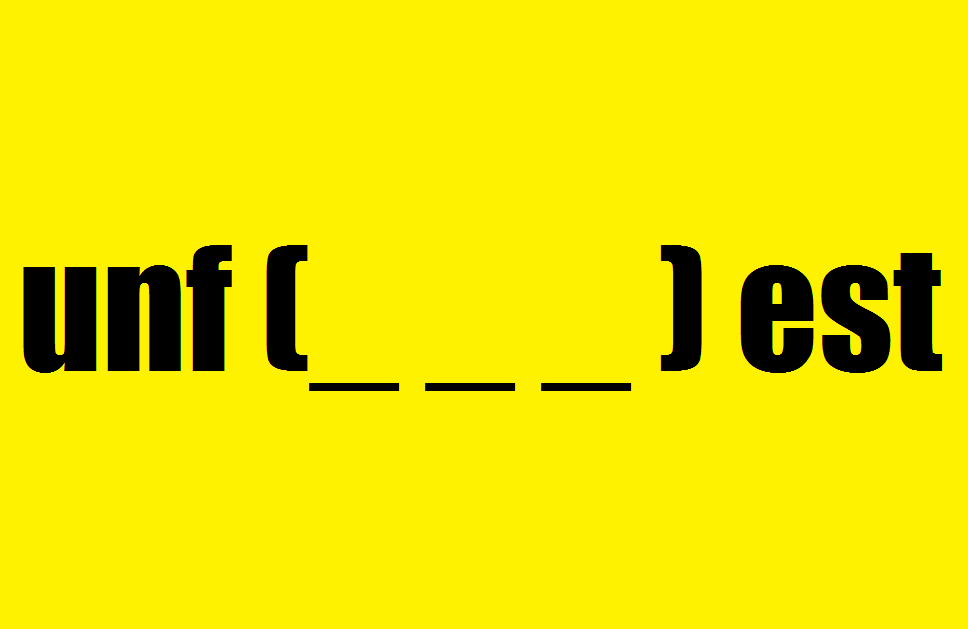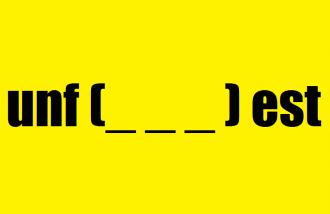There are two incomplete wor...
There are two incomplete words. Place three (3) letters in bracket so that you can complete the word on the left and begin the word on the right.Correct answers: 30
The first user who solved this task is Djordje Timotijevic.
#brainteasers #wordpuzzles


